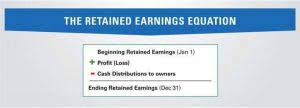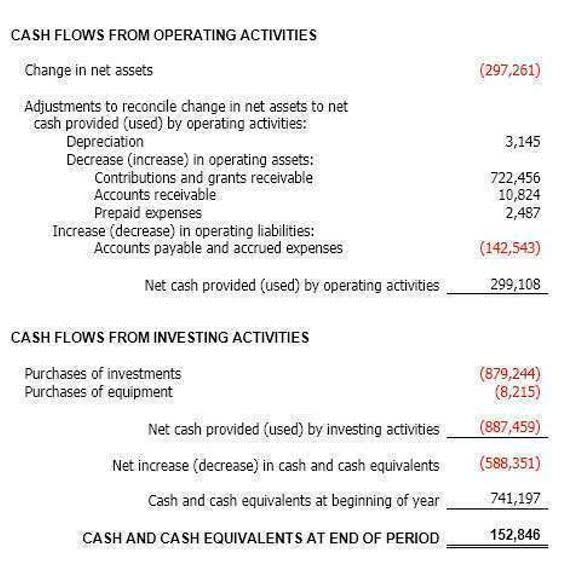Bookkeeping
Incremental Cost Explanation, Examples, Formula

Alternative A reports a net income amounting to $750,000, while Alternative B’s net income totals $855,000. Based purely on the available financial information, the management team should decide to take on Alternative B as a new and/or additional segment. The example below briefly illustrates the concept of incremental analysis; however, the analysis process can be more complex depending on the scenario at hand. TranZact is a team of IIT & IIM graduates who have developed a GST compliant, cloud-based, inventory management software for SME manufacturers. It digitizes your entire business operations, right from customer inquiry to dispatch. This also streamlines your Inventory, Purchase, Sales & Quotation management processes in a hassle-free user-friendly manner.
Incremental Cost Formula
The cost of producing 15,000 units is $120,000, meaning the additional cost to expand your production to this level is at an incremental cost of $20,000. It has lowered as some of your fixed costs have already been covered by your normal production volume. Certain costs will be incurred whether there is an increase in production or not, which are not computed when determining incremental cost, and they include fixed costs. However, care must be exercised as allocation of fixed costs to total cost decreases as additional units are produced.

Q2. What is the significance of incremental cost in decision-making?
It typically includes variable costs that vary with production volumes, such as raw material inputs, direct labor costs for factory workers, and other variable overheads, such as power/energy and water usage costs. Analysis of the cost data incremental cost shows that adding another 500 units will increase total cost to $530,000. Divide $30,000 by 500 and you have an incremental cost of $60 per unit. If the price offered by the customer is at least this much, management should accept the order.
Example of Incremental Cost
As seen in Case 2, incremental cost increased significantly by $55,000 to produce 5,000 more units of tobacco. This happens in the real world as prices of raw materials change depending on the quantity bought from suppliers. From this example, you can observe not all increase in production capacity leads to a higher net income.
- This means the $20,000 additional cost will produce 5,000 extra units on your product line.
- It helps businesses to identify profits and losses, which is beneficial in financial management.
- The three main concepts are relevant cost, sunk cost, and opportunity cost.
- All these would be included in a comprehensive incremental cost analysis.
- Analysis of the cost data shows that adding another 500 units will increase total cost to $530,000.
- Examining the additional costs related to the production process, including raw materials relevant to producing one additional unit, helps determine the incremental cost.
Austin specializes in the health industry but supports clients across multiple industries. Based in Atlanta, Georgia, William Adkins has been writing professionally since 2008. He writes about small business, finance and economics issues for https://www.bookstime.com/ publishers like Chron Small Business and Bizfluent.com. Adkins holds master’s degrees in history of business and labor and in sociology from Georgia State University. He became a member of the Society of Professional Journalists in 2009.

TCP CPA Practice Questions Explained: Calculating C Corporation NOLs and Related Carryforward
The long-run incremental cost for lithium, nickel, cobalt, and graphite as critical raw materials for making electric vehicles are a good example. If the long-run predicted cost of the raw materials is expected to rise, then electric vehicle prices will likely be higher in the future. The attempt to calculate and accurately predict such costs assist a company in making future investment decisions that can increase revenue and reduce costs. Incremental revenue is compared to baseline revenue to determine a company’s return on investment. The two calculations for incremental revenue and incremental cost are thus essential to determine the company’s profitability when production output is expanded.
Production Planning and Control: Objectives, Phases, Functions & Benefits

It’s important to keep in mind that only those costs which change should be included in incremental cost analysis. The company management can consider the cost of producing one additional unit to make their pricing decisions to make a profit. Costs are determined differently by each organization according to its overhead cost structure. The separation of fixed costs and variable costs and determination of raw material and labor costs also differs from organization to organization. Incremental cost is usually computed by manufacturing entities as a process in short-term decision-making. It is calculated to assist in sales promotion and product pricing decisions and deciding on alternative production methods.

- The significance of incremental cost lies in its influence on product pricing decisions.
- It is calculated to assist in sales promotion and product pricing decisions and deciding on alternative production methods.
- An important component of incremental analysis, a framework for decision-making used by managers, entrepreneurs, and investors, is incremental cost.
- It is essential for companies to calculate the average cost per unit of production in order to set prices at a level that covers costs and allows for profit.
